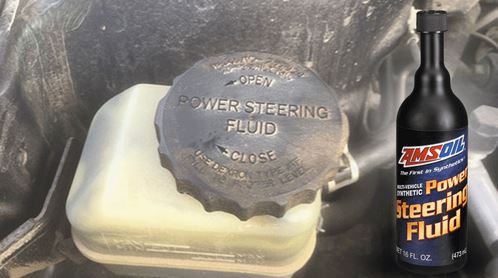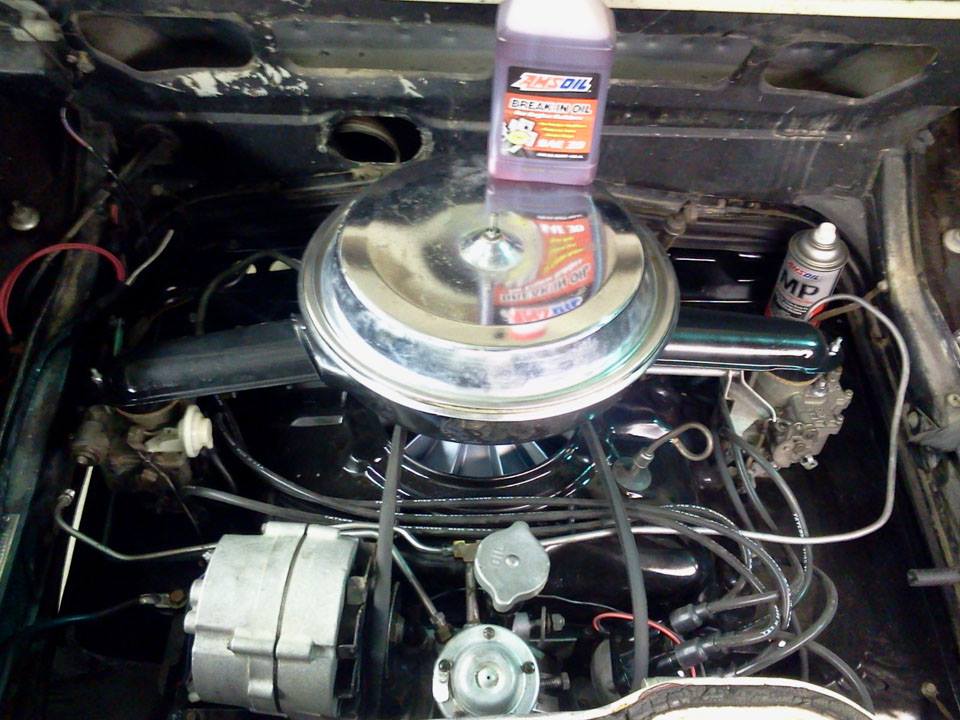August is the summer road trip month! Grease up! Get that car ready Driving is part of the fun! Not the repairs and credit card charges. A summer road trip should bring good memories, not car trouble. by Brad August 2024 Alright, lets get down to the nitty gritty!! Tools, spare parts and maybe some […]
You are browsing archives for
Tag: corvair
AMSOIL Z-Rod 10W-30 ZDDP now in Corvair
I just drained out the break-in oil for the “High Zinc” or ZDDP fortified synthetic by AMSOIL. This product is under the name of Z-ROD. (10W-30) Impressions will be recorded but the car is on jack stands getting the rear suspension updated and the floor is being rust proofed. We have a lot of other […]
Sucess with AMSOIL break in oil
It’s not typical to have the amount of smoke I experienced after first getting my rebuilt motor installed and running. I immediately started looking for answers from piston ring damage on assembly to valve stem wear. I put on new seals but as this was a partial rebuild I didn’t replace the stock valve guides […]


